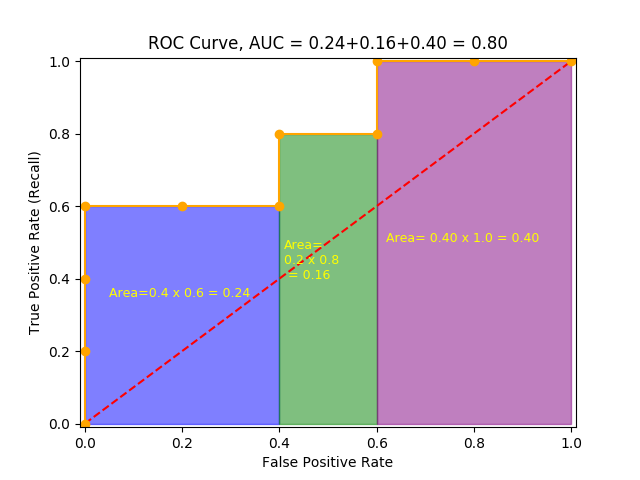How can I obtain the AUC value having fpr and tpr? Fpr and tpr are just 2 floats obtained from these formulas:
my_fpr = fp / (fp + tn)
my_tpr = tp / (tp + fn)
my_roc_auc = auc(my_fpr, my_tpr)
I know this can't pe possible, because fpr and tpr are just some floats and they need to be arrays, but I can't figure it out how to do that so. I also know that I can compute AUC this way:
y_predict_proba = model.predict_proba(X_test)
probabilities = np.array(y_predict_proba)[:, 1]
fpr, tpr, _ = roc_curve(y_test, probabilities)
roc_auc = auc(fpr, tpr)
but I want to avoid using predict_proba for some reasons. So my question is: how can I obtain AUC having fp, tp, fn, tn, fpr, tpr? In other words, is it possible to obtain AUC without roc_curve?



roc_curve(y_test, probabilities)returns (whether it's a numpy array, pandas Series or just a list doesn't matter). – Ils